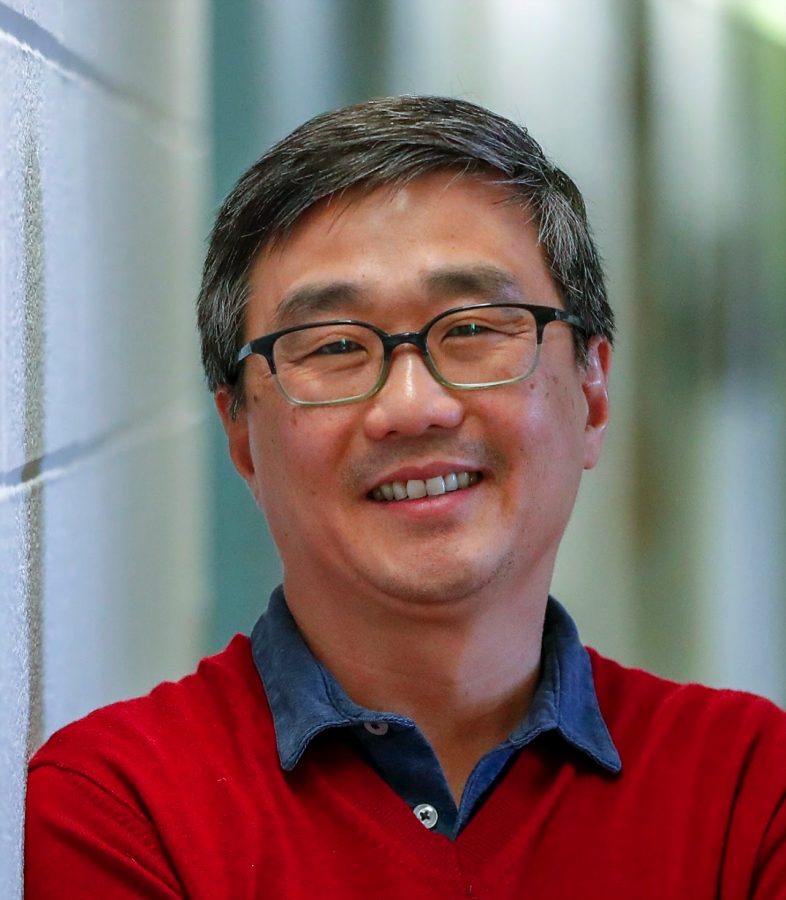This month, the University of Minnesota’s psychology department released a draft of departmental recommendations to address equity and inclusion to collect feedback from students, faculty and staff.
After the police killing of George Floyd, department chair Jeff Simpson charged the diversity committee with creating a draft with short-term and long-term action steps. The draft highlights recommendations for specific areas, including undergraduate student support, curriculum and instruction, as well as research and programming.
“My reaction was like ‘Yes, we absolutely need to do this. We always should have done this,’” Holley Locher, the psychology department’s chief of staff and a diversity committee member, said in response to the charge. “This is the time when we’re going to have a lot of buy-in to do this important work, and so let’s take that opportunity and do it.”
Over the summer, the diversity committee held several town hall meetings with faculty, students and staff to have a safe space to discuss and offer ideas to implement into the draft of recommendations.
The Graduate Student Liaison Committee (GSLC) led two town hall meetings in the summer with graduate students to share experiences, concerns and provide draft feedback. The GSLC is a student-led group that supports and advocates for graduate students in the department of psychology.
The draft of recommendations comes in addition to the strategic plan launched last September, which establishes the department’s overall goals for the next three to five years.
“Diversity, equity and inclusion was identified as one of our three priority areas,” said Dr. Rich Lee, associate chair for research and chair of the diversity committee in the department. “Some of our initiatives and recommendations that are now in this larger document began back then when we were planning and writing our strategic plan.”
The draft makes distinctions between recommendations by categorizing them as short-term or already completed, medium-term and long-term. The majority of the recommendations are planned for the short-term or are achievable between three to five years.
The plan recommends that 50% of faculty in the department of psychology must complete the Office of Equity and Diversity Certificate program within three years. Within five years, 80% of faculty must have begun or completed the training program.
One short-term recommendation is to revise a direct research course, PSY 5993, by increasing the number of undergraduates who can register without limiting students because of prerequisites like grade point average. According to the department’s website, the direct research course is the most common course for undergraduate psychology students to gain experience in research and can encourage them to pursue graduate studies.
“Starting with our undergraduate students and revising the prerequisites that may systematically be hindering students from underrepresented groups to gain research experience seemed the most urgent, because 5993 will most likely be their first opportunity to take part in a research lab,” read an email from GSLC co-chairs Monique Nakamura and Allie Cooperman. The draft recommends establishing a truth and reconciliation process to address and reveal past injustices and improve the department’s overall climate.
“It will be challenging, and I anticipate some feathers will be ruffled in the process,” fourth-year graduate student Anita Kwashie said in an email. “However, I think it could go a long way in changing the atmosphere of the department, and it’s a necessary step in addressing power imbalances that affect teaching, training, and research.”
On Feb. 25, Simpson wrote a statement about the need for Black faculty within the psychology department. Despite the history of well-known Black psychologists, the University’s department has never had a Black psychologist as a permanent faculty member, the statement said.
“We thought it was an important first step in diversifying our faculty in the Psychology Department,” Nakamura and Cooperman said of the statement in an email. “It definitely is time to have Black representation in the faculty to encourage students to come to our program and also to gain more inclusive perspectives on research, teaching, and engagement,”
Based on the department’s data, in the last nine years, the number of undergraduate students of color has increased by 85%. For graduate students, the number has increased by 50%.
Simpson’s statement added that faculty and department leaders are consulting with other faculty across the nation on recruitment and retention strategies. However, the hiring freeze resulting from the pandemic has stalled the progress to search and hire new faculty.
“The lack of Black faculty did not shock me, it represents much of my experience as a Black woman attending predominantly white institutions. However, I was surprised that it was communicated,” read Kwashie’s email. “I think acknowledging this was an important initial step because it pointed out a systemic issue that has existed in the department for a long time, and encourages others to hold the department accountable. It’s easy to pretend a problem does not exist if no one talks about it.”
At this time, GSLC leaders are compiling a document of feedback from representatives and other graduate students in response to the draft of recommendations. The draft is set to be finalized by the end of the school year.
“It is important to have transparency from the Department to keep all students, faculty, and staff knowledgeable about the progress being made. We are hopeful that the steps that have been brought forth will change the climate of the department, but we will want to see some follow-up after this statement has been released,” read the email from Nakamura and Cooperman.













